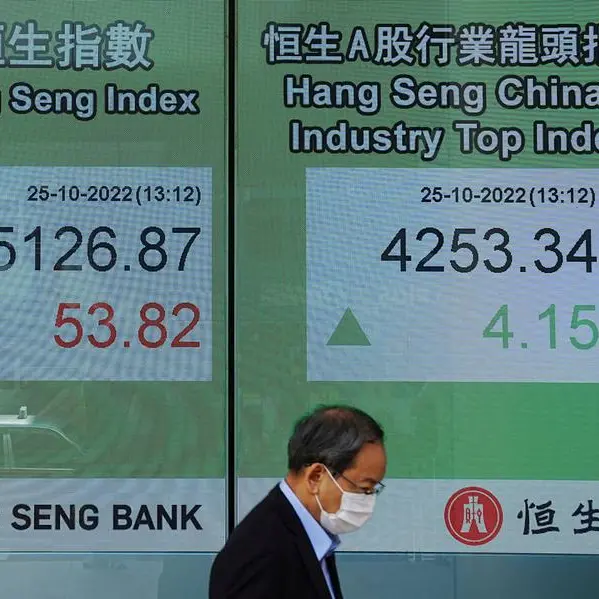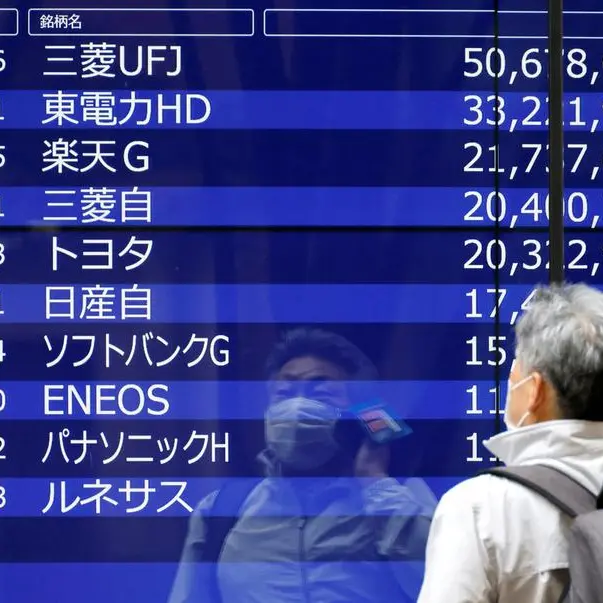U.S. natural gas futures held near a two-week low on Wednesday as forecasts for lower demand next week than previously expected offset continued strong interest in U.S. liquefied natural gas exports from soaring global gas prices.
Front-month gas futures NGc1 remained unchanged at $4.807 per million British thermal units (mmBtu) at 9:53 a.m. EDT (1353 GMT). On Tuesday, the contract closed at its lowest since Sept. 7.
Since hitting a seven-year high last week, the front-month has shed about 12% on growing expectations the United States will have enough gas in storage for the upcoming winter heating season. U.S. gas stockpiles were about 7.1% below their five-year normal for this time of year.
Analysts said the storage situation was much worse in Europe where prices have soared to record highs primarily because stockpiles in some countries were 20% or more below normal for this time of year.
With gas prices at or near record highs of around $25 per mmBtu in Europe and near $28 in Asia, versus just about $5 in the United States, traders noted that buyers around the world were purchasing all the super-chilled gas the United States could produce.
Despite reductions at several plants this month, data provider Refinitiv said the amount of gas flowing to U.S. LNG export plants was only down to an average of 10.4 billion cubic feet per day so far in September from 10.5 bcfd in August.
That small decline was despite a three-week maintenance outage at Berkshire Hathaway Energy's Cove Point in Maryland, a brief shutdown at Freeport LNG's plant in Texas during Tropical Storm Nicholas and a reduction at Cameron LNG's plant in Louisiana.
No matter how high global prices rise, however, the United States only has the capacity to turn about 10.5 bcfd of gas into LNG. Global markets will have to wait until later this year to get more from the United States when the sixth liquefaction train at Cheniere Energy Inc's Sabine Pass and Venture Global LNG's Calcasieu Pass plant in Louisiana are expected to start producing LNG in test mode.
Refinitiv said gas output in the U.S. Lower 48 states fell to an average of 90.7 bcfd so far in September from 92.0 bcfd in August, due mostly to Ida-related losses along the Gulf Coast. That compares with a monthly record high of 95.4 bcfd in November 2019.
About 0.6 bcfd, or 25%, of gas production in the U.S. Gulf of Mexico remained shut-in since Ida hit Louisiana on Aug. 29, government data showed on Tuesday.
With milder weather coming, Refinitiv projected that average U.S. gas demand, including exports, would fall from 86.2 bcfd this week to 83.1 bcfd next week as air conditioning use declines.
(Reporting by Scott DiSavino; Editing by Mark Porter) ((scott.disavino@thomsonreuters.com; +1 332 219 1922; Reuters Messaging: scott.disavino.thomsonreuters.com@reuters.net))











